Established back in 2008, the Fotobookfestival Kassel was the first festival devoted to the photobook…
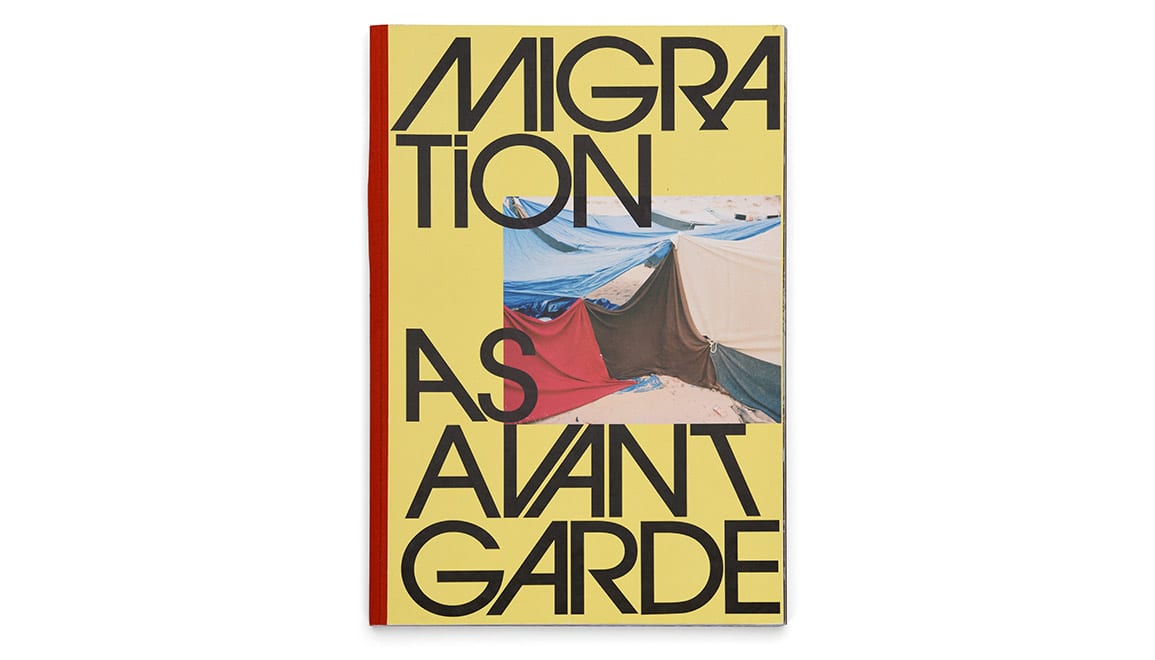

Established back in 2008, the Fotobookfestival Kassel was the first festival devoted to the photobook…
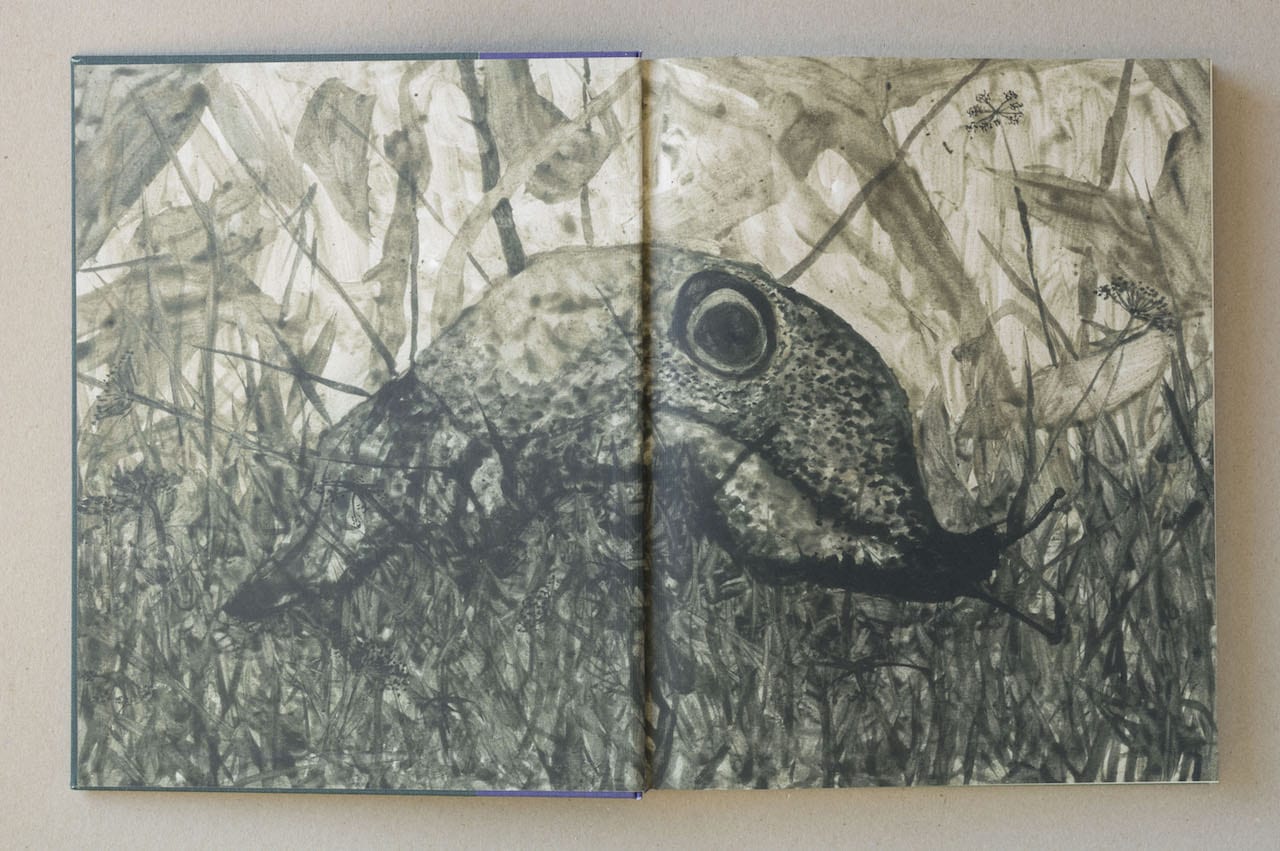
First awarded back in 1985, the Kraszna-Krausz Foundation Best Photography Book prize is one of…
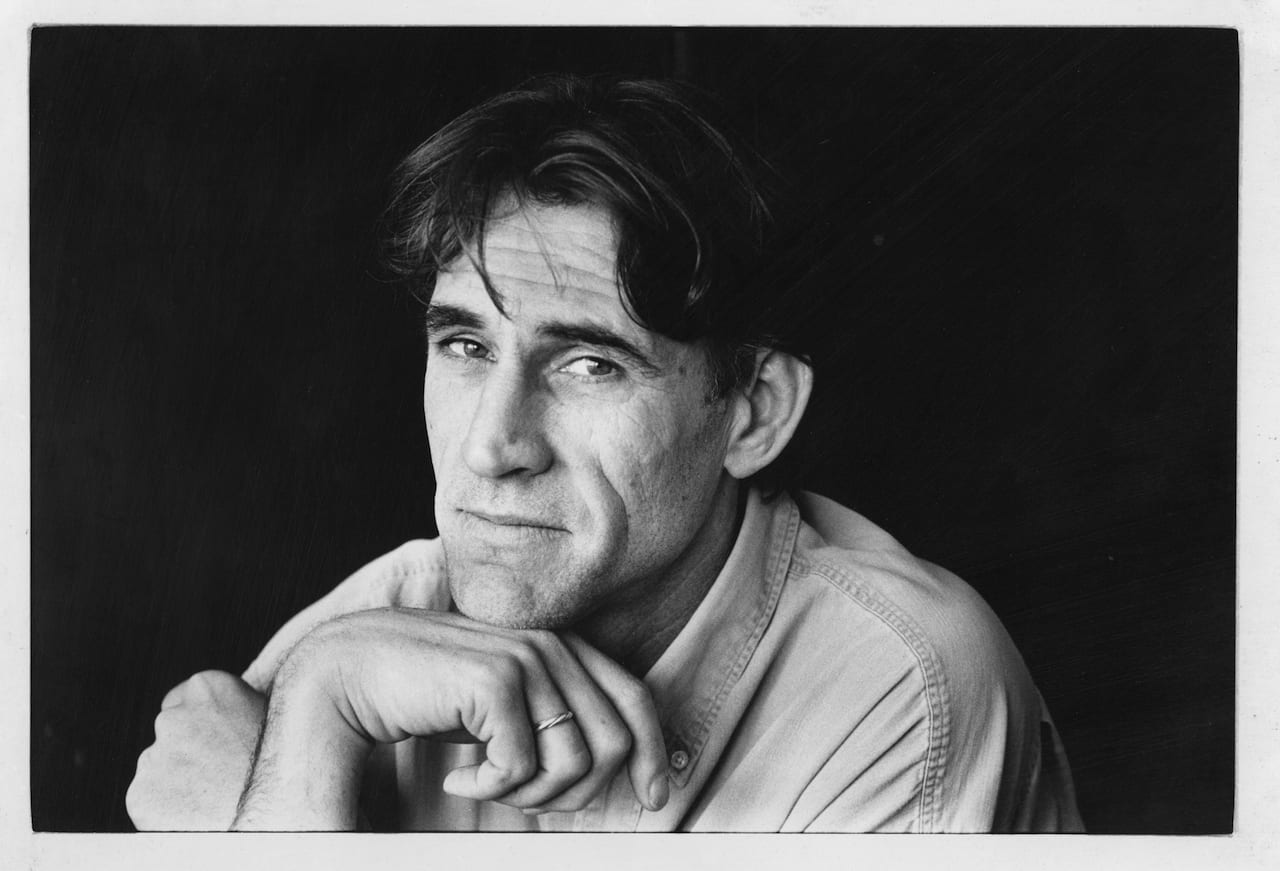
“People say that John was brilliant but tricky, but he was only difficult if you were being mediocre,” says Sacha Lehrfreund, John Reardon’s long term partner and one-time colleague. “In a professional capacity he wanted to be excellent. He pushed it beyond a point that was comfortable for lots of people, but he made you better than you might otherwise be.”
“John Reardon was an artist,” says Greg Whitmore, picture editor of The Observer and another former colleague. “You can see it the photographs of Handsworth cricket fans, the Kosovan woman and baby, the portrait of Fergus Henderson…John was one of the greats of his generation.” John Reardon, a celebrated photojournalist who went on to shoot equally celebrated celebrity portraits for The Observer, has died aged 66.

Photography is often considered a solitary pursuit, but the Ryerson Image Centre (RIC) in Toronto, Canada hopes to overturn this conception with a research project led by artists, scholars, and curators such as Ariella Azoulay, Wendy Ewald, Susan Meiselas, Leigh Raiford, and Laura Wexler. Now an exhibition at RIC called Collaboration: A Potential History of Photography is putting their work on view. Featuring approximately 90 photographic projects the work on show demonstrates some of the many ways photographers have collaborated with their subjects and other participants. It includes Wendy Ewald’s Reciprocating in Arabic installation, which combines image and text in an attempt to show the experience of walking through the Arabic language, and WEB Du Bois’ The Potential of the Archive I, a look into the history and present challenges of black America, among many other projects.
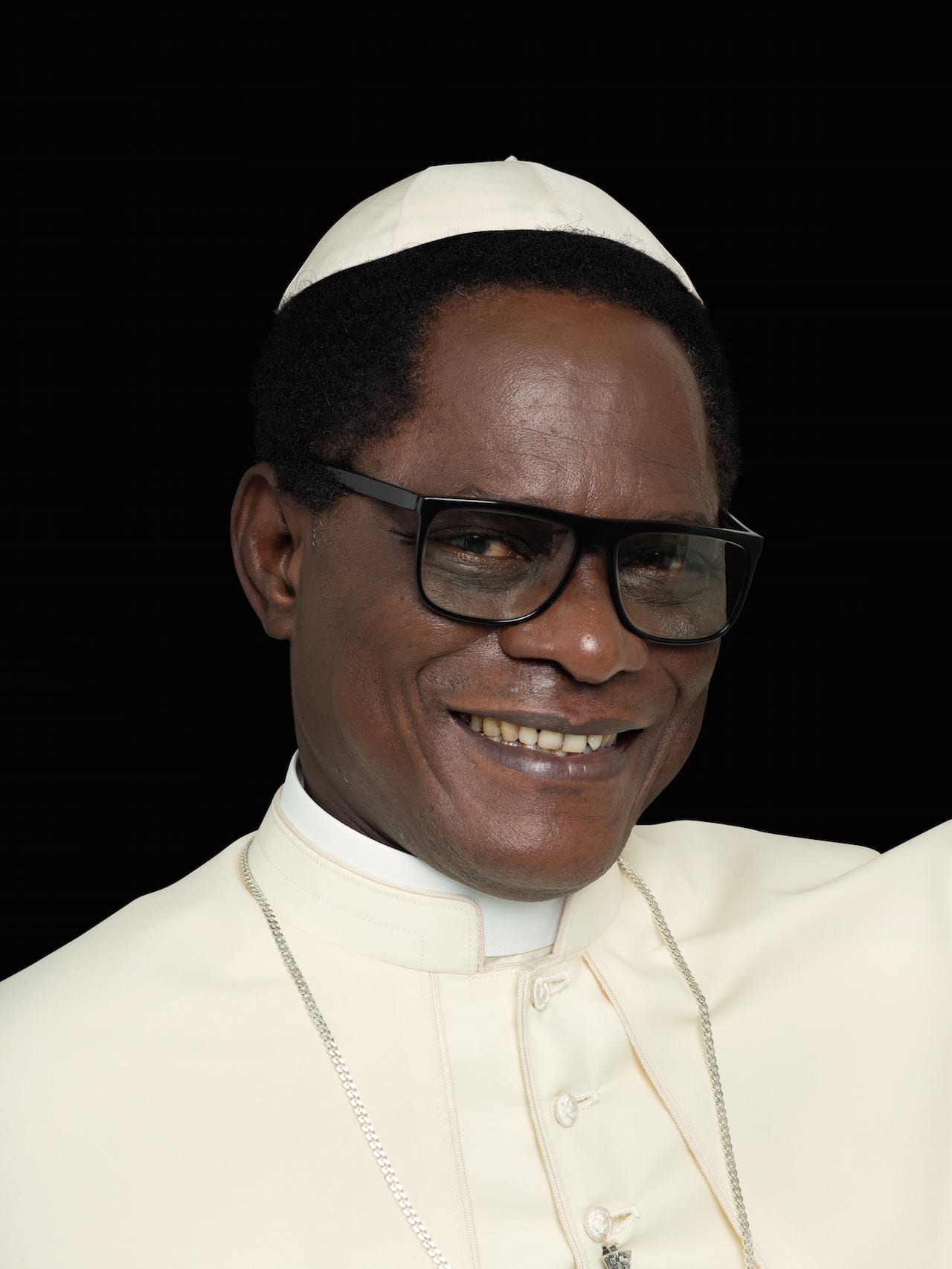
Bruce Davidson has won a Lifetime Achievement prize in this year’s ICP Infinity Awards, which will be formally presented on 09 April. Best-known for his two-year project on the poverty-stricken residents of East 100th Street, Davidson joined Magnum Photos in 1958 and showed his work at the Museum of Modern Art in 1963. His work often documents social inequality, and includes iconic series such as The Dwarf, Brooklyn Gang, and Freedom Rides.
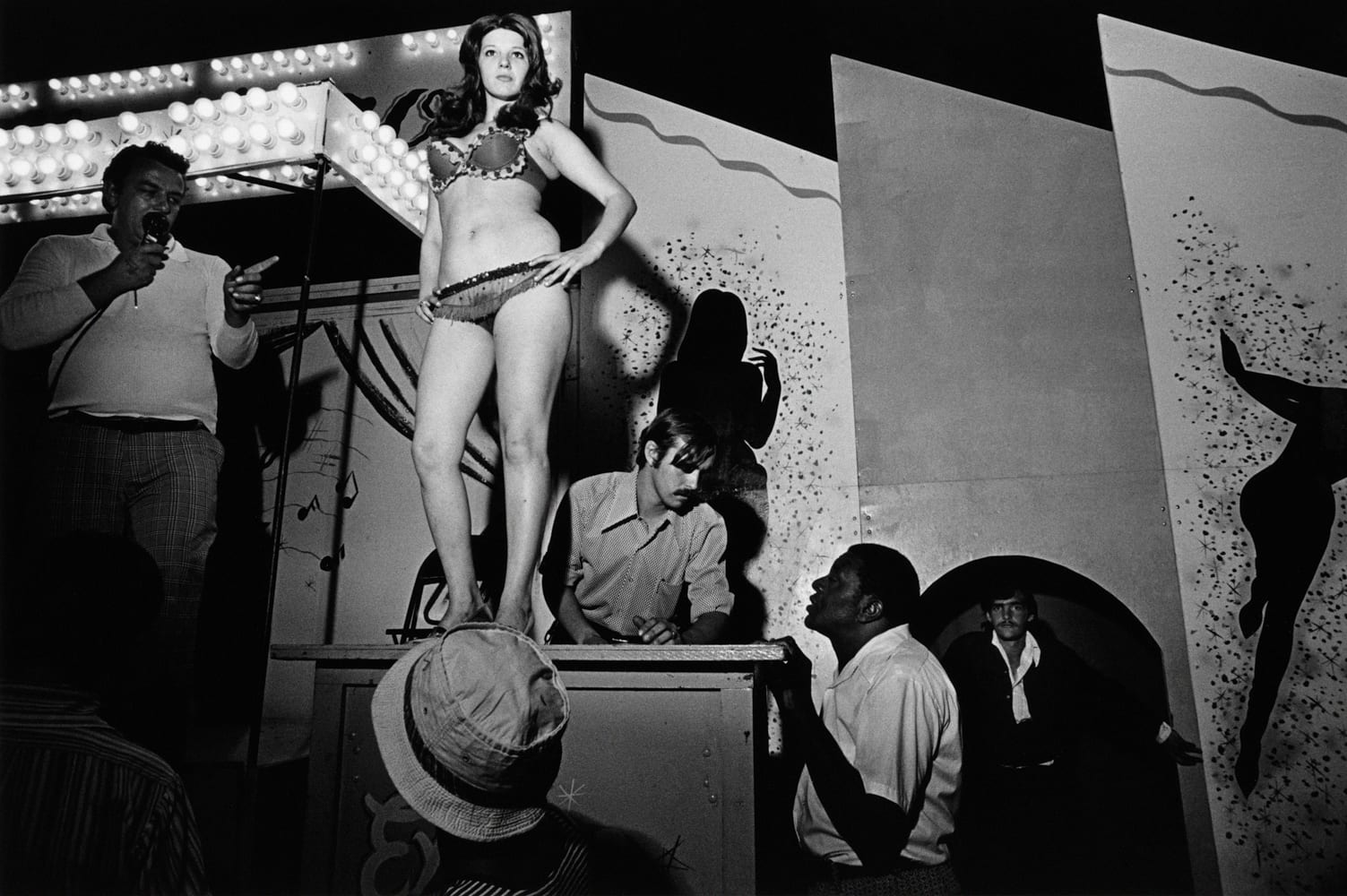
“It’s getting near show time!” the voice would boom out over the cheers of the punters. Susan Meiselas would hover at first near the back of the tent. “Don’t be shy, take your hands out of your pockets, take your money out of your wallets. Rest your elbows on the stage and look up into the whole, the whole goddamn show. Show time! Where they strip to please, not to tease!” Susan Meiselas was 24 when she started Carnival Strippers. It was the summer of 1972, and her photography experience was limited to portraits of her housemates in Cambridge, Massachusetts. She had just completed an MA from Harvard, yet she still was shy and unsure of herself – very unlike the direct intellect of today, who treats Magnum’s offices like second homes.
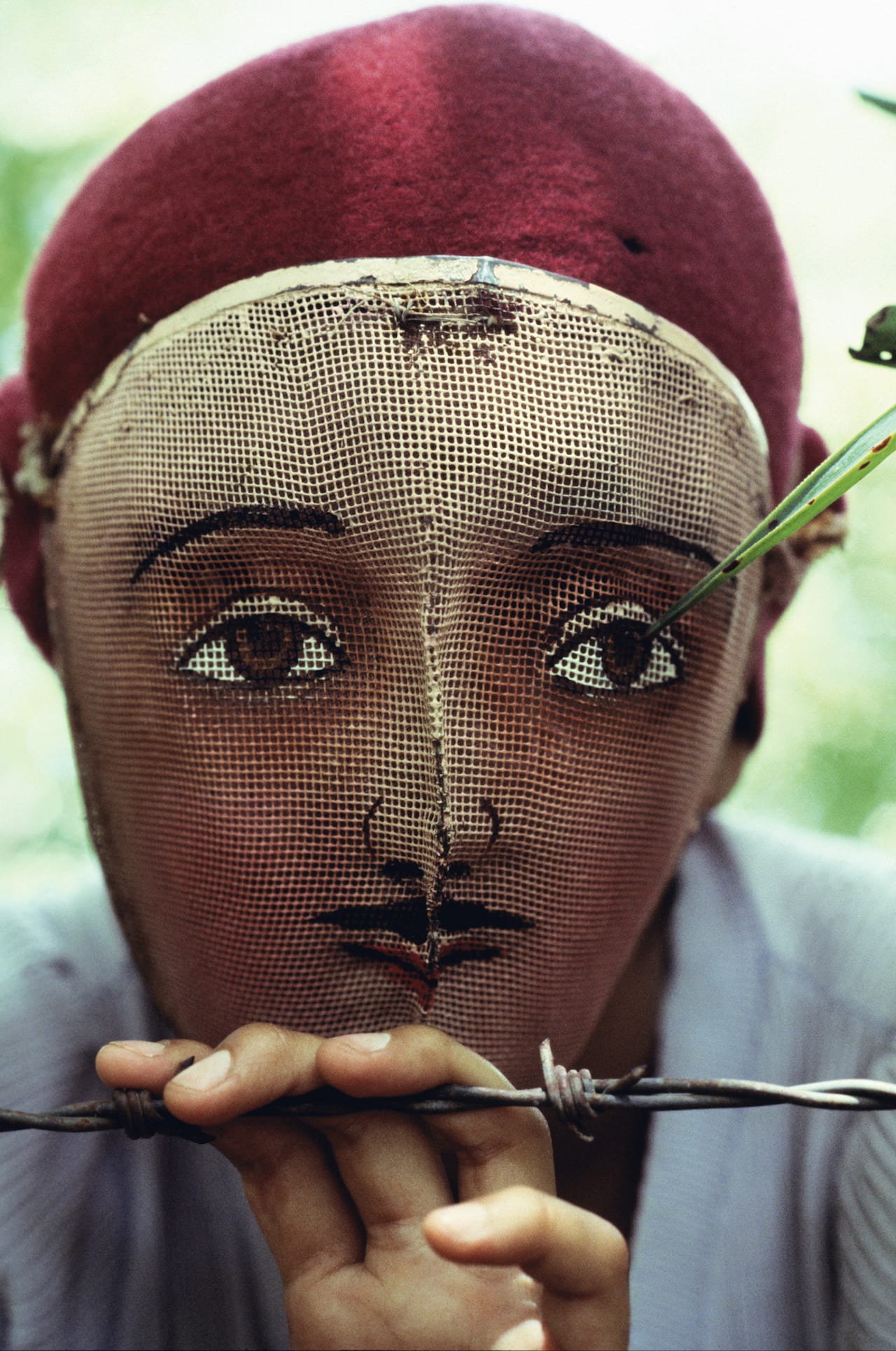
Susan Meiselas has been a pivotal figure in photography since her career began in the 1970s, a decade when the ethical discussion surrounding the inspiration, intent and dissemination of documentary image-making was rampant. Perpetually questioning the motivation and perception of her images, the American has spent her life grappling with these issues, practising what it means to document something outside of her own personal experience. This spring (06 February to 20 May), Jeu de Paume in Paris presents Mediations, a retrospective revisiting her vast oeuvre, beginning with early portraits that include 44 Irving Street (1971) and Carnival Strippers (1972-75).
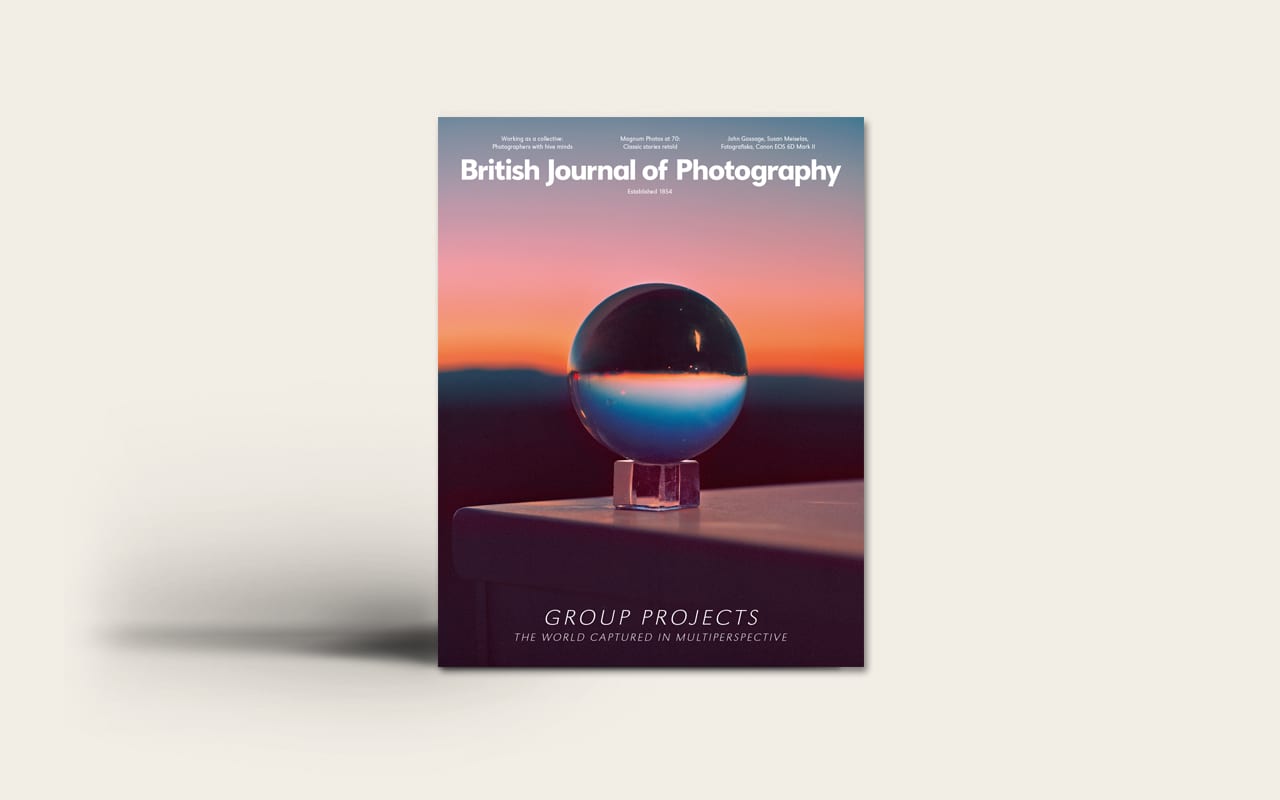
In BJP’s latest issue, we focus on forms of collaboration. Collaboration in photography can be controversial,…
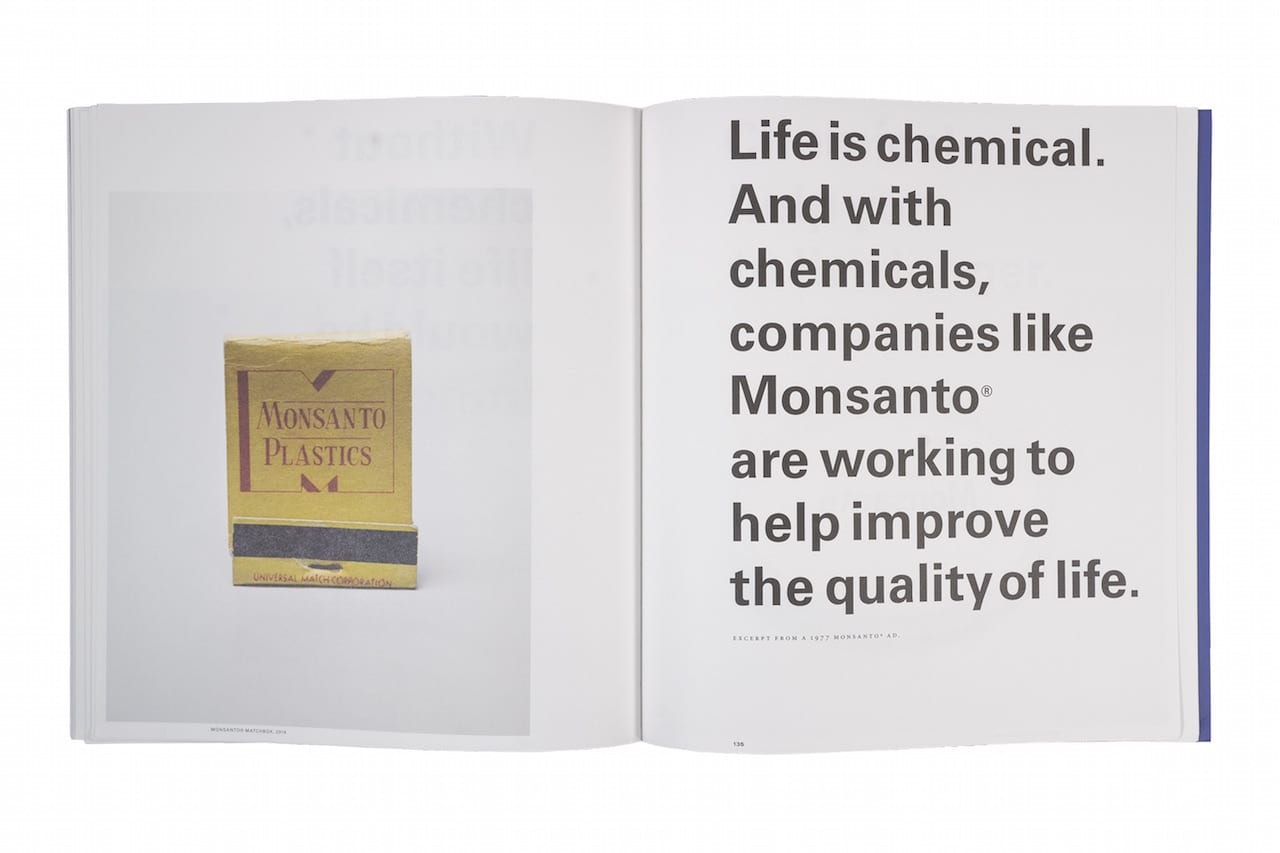
“Asselin’s Monsanto® is a courageous, investigative project that connects evidence-driven photography and visual research to the democratisation of knowledge; it’s important that this book exists in physical form, as a document, and not just in the virtual world,” says Cristiano Raimondi of Mathieu Asselin’s photobook Monsanto®. A Photographic Investigation. Raimondi is head of development and international projects at the New National Museum of Monaco and an invited curator for Platform 2017 at this year’s Paris Photo, but he’s speaking as a jury member for the 2017 Paris Photo-Aperture Foundation PhotoBook Awards because Asselin’s book has just won the prestigious First PhotoBook prize.
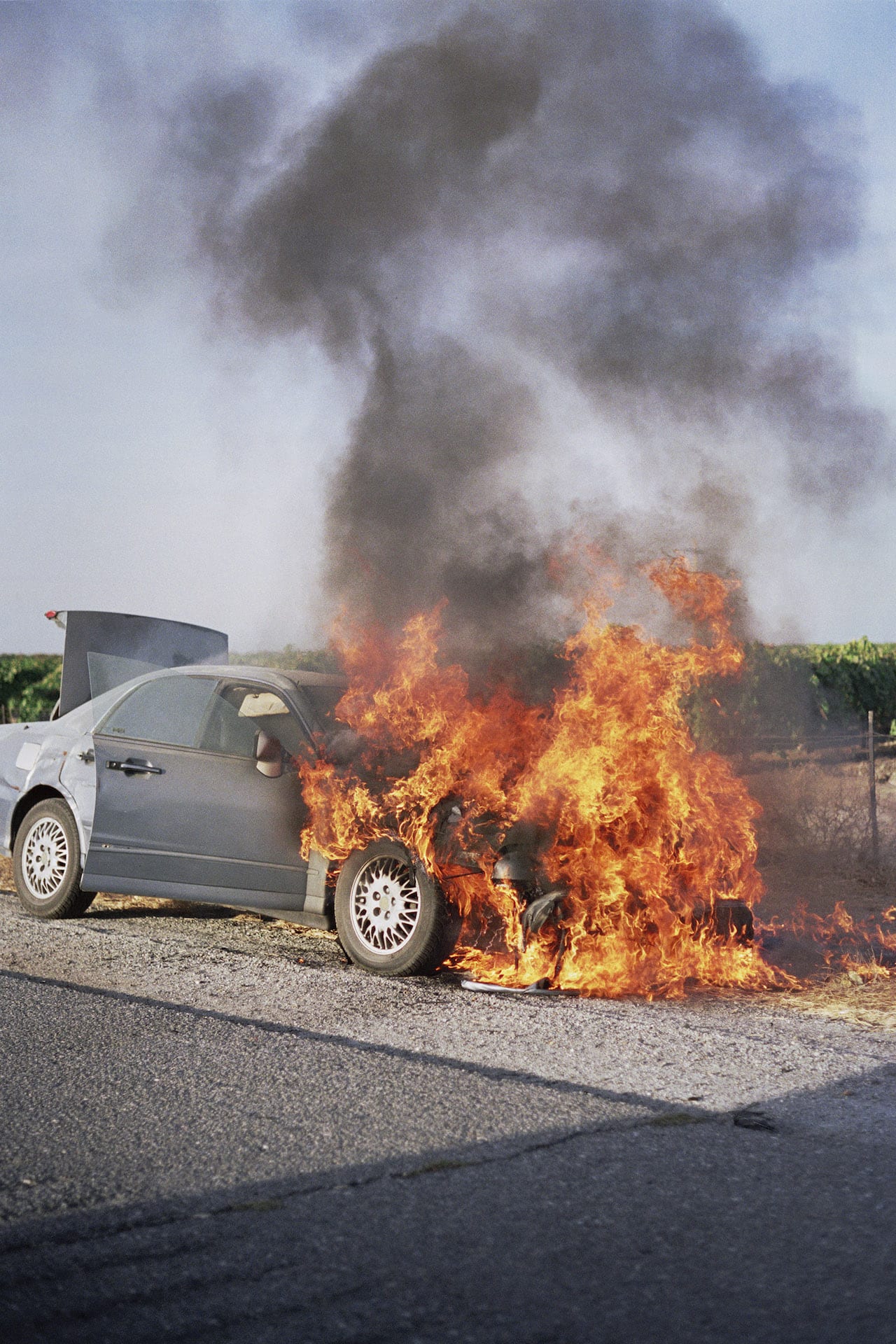
Established in 2012, the Paris Photo-Aperture Foundation PhotoBook Awards are divided into three categories – PhotoBook of the Year, First PhotoBook, and Photography Catalogue of the Year. The winners will be announced on 10 November at Paris Photo, and all the shortlisted and winning titles will be profiled in The PhotoBook review and exhibited at Paris Photo, the Aperture Gallery in New York, and at other international venues. The year Albert Elm’s What Sort of Life is This, Mathieu Asselin’s Monsanto: A Photographic Investigation and the group book project Amplitude No.1, which is edited by Nadya Sheremetova and includes photographers such as Irina Yulieva, Igor Samolet and Irina Ivannikova, were among those to make the First PhotoBook shortlist this year